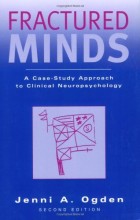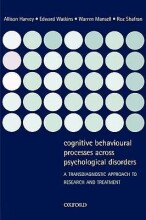Summary: Aging And Older Adulthood | Joan T Erber
- This + 400k other summaries
- A unique study and practice tool
- Never study anything twice again
- Get the grades you hope for
- 100% sure, 100% understanding
Read the summary and the most important questions on Aging and Older Adulthood | Joan T. Erber
-
1 Introduction to Aging and Older Adulthood
This is a preview. There are 19 more flashcards available for chapter 1
Show more cards here -
Two stages of life viewpoint in developmental psychology (Schroots, 1996)
According to this perspective, both physical and psychological functions develop up to the point of maturity, after which there is a transition to aging that is characterized by a decline in functioning. -
There are many different definitions of age; which types are there?
- Chronological age
- Biological age
- Functional age
- Psychological age
- Social age
-
Normative age-graded influences
Biological and environmental events and occurrences that are associated with chronological age. -
Normative history-graded influences
These influences can result from an event, or they can represent a more gradual evolution of societal structure -
Nonnomative life events
The influence of nonnomrative life events is not necessarily associated with chronological age or with historical time, but nonetheless such events can play an important role in the development of an individual. -
2 Theory and Method in Studyin Aging and Older Adulthood
This is a preview. There are 20 more flashcards available for chapter 2
Show more cards here -
Life-span developmental perspective (Baltes, 1987)
The life-span developmental perspective considers development to be a multifaceted, ongoing process. A changing organism acts upon, and changes, the environment. At the same time, a dynamically changing environment acts upon, and changes, the organism -
3 Biological Aging and Health
This is a preview. There are 16 more flashcards available for chapter 3
Show more cards here -
Programmed theories of biological aging
Consider aging to be under the control of a genetically based blueprint -
Time clock theory
Suggests that the life span of a species was controlled by a genetically determined time clock operating at the cellular level. -
Evolutionary theory of biological aging
Members of a species are genetically programmed to bear and rear their young. Once they reproduce and raise their offspring to independence, they have fulfilled their service in perpetuating the species -
Stochastic theories of biological aging
Focus on random damage to our vital systems that occurs with the process of living, so these theories are closely related to secondary aging.
- Higher grades + faster learning
- Never study anything twice
- 100% sure, 100% understanding































